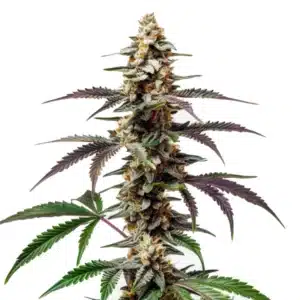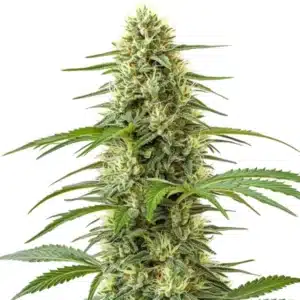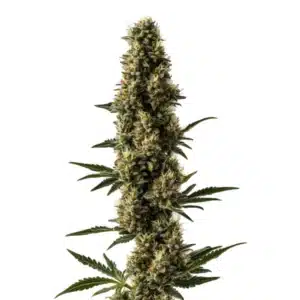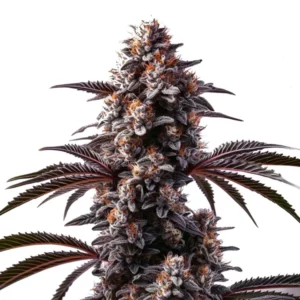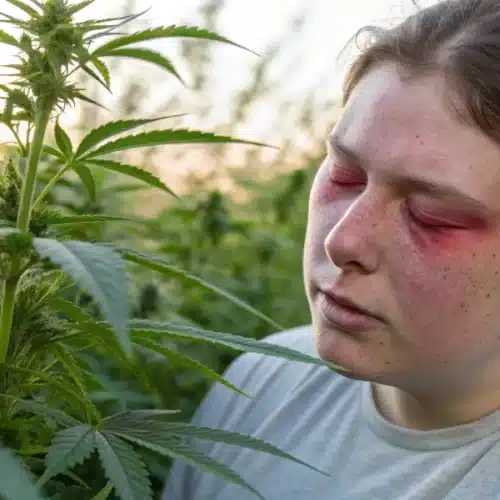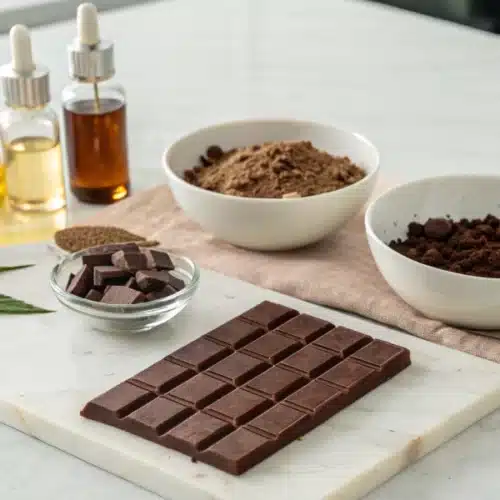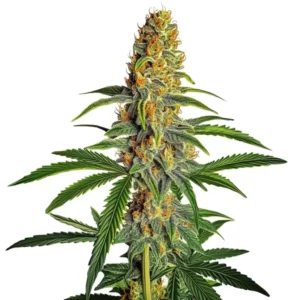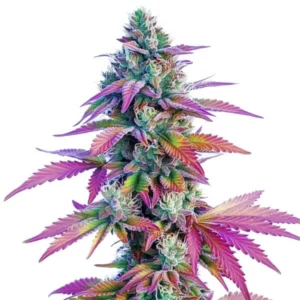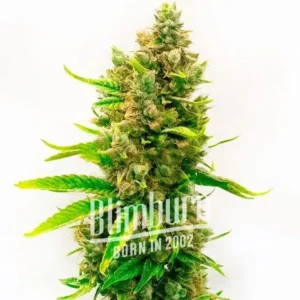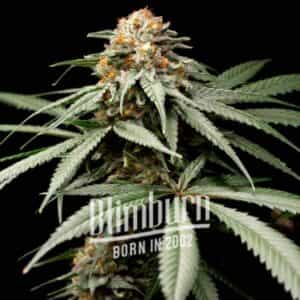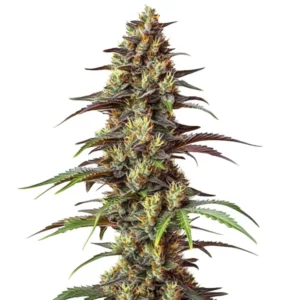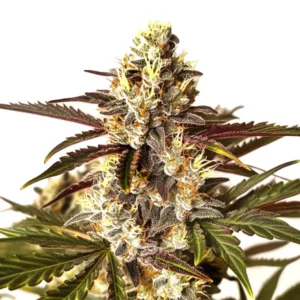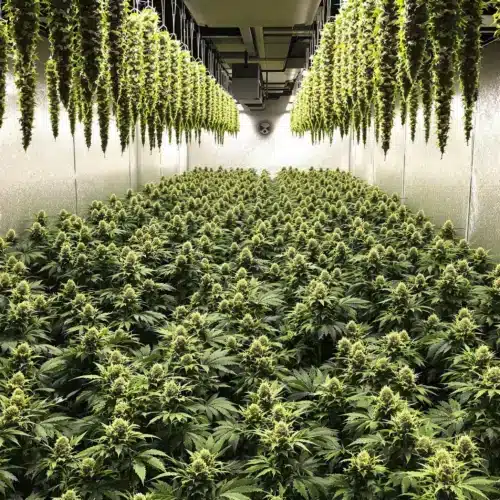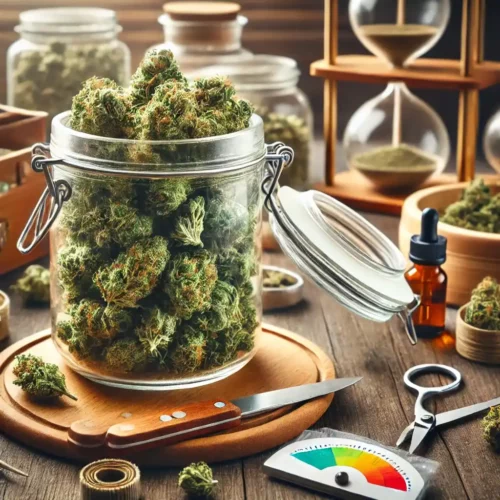Curing cannabis is an art that transforms freshly harvested buds into a flavorful and potent product by slowly refining their natural properties. This meticulous process involves drying the cannabis gradually and evenly, which allows the chlorophyll to break down while simultaneously enhancing the aroma, taste, and overall flavor profile. Proper curing is absolutely essential for achieving the desired quality and experience when consuming cannabis, as it significantly elevates the final product’s appeal and effectiveness.
The curing process is often overlooked by novice growers, but its impact on the final product’s taste, potency, and smoothness cannot be overstated. When cannabis is cured correctly, it develops complex flavors and a remarkably smoother smoke that enhances the overall user experience. Many growers may be tempted to rush through this stage, but taking the necessary time to cure your cannabis properly is critical for producing a top-shelf product that truly stands out in quality and enjoyment.
Benefits of Proper Curing
The benefits of proper curing extend far beyond merely enhancing flavor. One of the primary advantages is the reduction of harshness when smoking or vaporizing, which leads to a gentler, more pleasant experience. Freshly harvested cannabis can be notably harsh on the throat, but curing allows for the breakdown of undesirable compounds, resulting in a smoother and more enjoyable inhalation experience that many users appreciate, especially those with sensitivity.
Another significant benefit of proper curing is the enhancement of cannabinoids and terpenes, the compounds that are responsible for the effects and flavors associated with cannabis. During the curing process, enzymatic reactions take place that promote the development of these essential compounds, ultimately enriching the overall experience and making the high more enjoyable. As a result, users often report that well-cured cannabis delivers a more satisfying high, with pronounced flavors and aromas that truly elevate the experience.
Key Stages in Curing Cannabis
- Comprehending the key stages in curing cannabis can help growers achieve the best possible results from their harvests. The entire process can generally be broken down into three main stages: drying, curing, and aging. Each of these stages plays a vital function in developing high-quality cannabis that is both flavorful and potent, ensuring that every step contributes positively to the final product.
- The first stage, drying, involves removing excess moisture from the freshly harvested buds, typically by hanging the branches upside down in a dark, well-ventilated space. The goal is to reduce the moisture content to approximately 60-65% within a week or so, a process that requires careful monitoring of the environment since excessive humidity can lead to mold growth. Consistent observation during this phase is critical for preventing potential issues and ensuring even drying throughout.
- Once the buds have been adequately dried, the curing stage begins, which is where the magic truly happens. The dried buds are transferred into airtight containers, such as glass jars, and stored in a cool, dark place, allowing them to slowly lose additional moisture while developing their unique flavors and aromas. It is crucial to “burp” the jars daily during this stage to release any built-up gases and allow fresh air to circulate, which promotes a stable curing environment that significantly enhances the final product.
- Finally, the aging stage may take place once the cannabis has been cured for several weeks. While some growers may choose to consume their product immediately after the curing stage, extending the process through aging can further enhance flavor, aroma, and potency. This stage can last anywhere from a few weeks to several months, depending on personal preference, and provides an opportunity for the cannabis to mature fully, resulting in an exceptionally refined and enjoyable product.
Promos & Deals
Methods of Curing Cannabis
When considering what is the best way to cure cannabis, it is essential to explore the various methods available that cater to different grower preferences and circumstances. Growers have long utilized both traditional and modern techniques to achieve optimal results, with each method offering its unique benefits and suitability for specific needs. By comparing these techniques, cultivators can select the approach that best aligns with their goals and resources.
Traditional curing techniques often involve simple methods that have been passed down through generations of dedicated cannabis cultivators. One of the most common traditional methods is the use of glass jars for curing, as this technique allows for easy monitoring of the buds while being relatively low-cost and straightforward. The simplicity and reliability of glass jar curing have made it a time-honored practice in the cannabis community.
Modern Curing Innovations
Advancements in technology have led to innovative curing methods that can significantly enhance the process and result in superior quality cannabis. One modern method involves the use of humidity control packs, which are designed to maintain optimal moisture levels within jars or containers automatically. These packs absorb excess moisture or release it as needed, creating a highly stable curing environment that reduces the risk of over-drying or mold formation.
Another cutting-edge approach involves vacuum-sealing techniques, which work by removing air from the containers and thereby reducing the risk of oxidation, a factor that can degrade the quality of the cannabis over time. Vacuum-sealed bags help keep the buds fresh for extended periods, making them an excellent option for growers who prioritize long-term storage without compromising on quality.
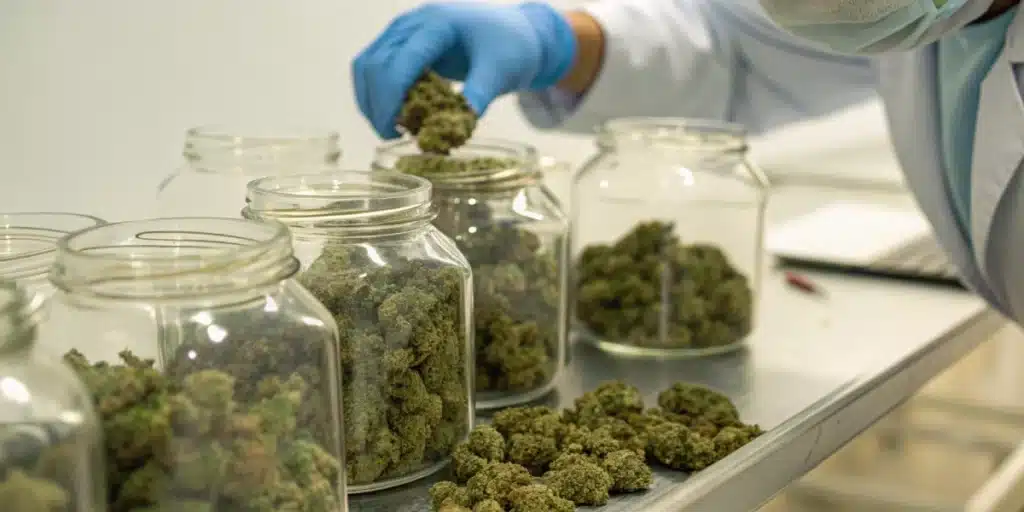
Environmental Factors in Curing
Environmental factors play a critical part in determining what is the best way to cure cannabis, as the conditions in which the cannabis is stored have a significant impact on the overall quality of the final product. Fully grasping these factors can help growers optimize their curing practices, ensuring that every element of the environment contributes positively to the process. Meticulous attention to environmental conditions is paramount for achieving superior results.
Temperature and humidity are two key components of the curing process that require careful control. Ideally, the temperature should remain between 60-70°F (15-21°C) during curing to prevent the degradation of cannabinoids and terpenes, which are vital for maintaining flavor and potency. If the temperature is too high, it can lead to undesirable chemical reactions that diminish the quality of the cannabis; conversely, temperatures that are too low may slow down the curing process and inhibit the development of rich flavors.
Storage Containers and Duration
The type of storage container used during the curing process can significantly impact the quality of the final cannabis product. Glass jars are a popular choice among growers due to their airtight seals and the ability to visually inspect the buds without opening the container. However, other materials such as ceramic or specific types of plastic containers can also be effective, provided they help maintain a stable environment by protecting the buds from light and excess air.
The duration of curing is equally crucial, and patience is a fundamental virtue during this phase. While some growers may opt to cure their cannabis for just a couple of weeks, many find that extending the process to a month or longer results in enhanced flavor and potency. The longer the cannabis cures, the more complex and refined its flavor profile becomes, and this extended curing period allows for a more balanced and enjoyable product. Regularly checking the buds during the curing process can provide valuable insights into their development, helping growers determine the optimal time to end the curing phase and enjoy their product.
Troubleshooting Common Curing Issues
Even with the best intentions and careful planning, issues can arise during the curing process that may affect the quality of the cannabis. Knowing how to troubleshoot these common problems is essential for saving your harvest and improving your overall results. With proactive monitoring and timely intervention, many potential issues can be resolved before they cause significant damage to the crop.
Mold is one of the most significant threats during the curing process, and it can develop rapidly if the humidity levels are too high or if there is insufficient air circulation. Identifying mold early is critical, as it can ruin an entire batch if not addressed immediately. Signs of mold include a musty smell, visible growth on the buds, and noticeable changes in texture. If any mold is detected, it is essential to discard the affected buds immediately to prevent contamination from spreading to healthy portions of the harvest.
Correcting Curing Mistakes
If mistakes occur during the curing process, there are sometimes ways to make corrections and salvage the harvest. For instance, if the humidity level is too high and mold is suspected, transferring the buds to a larger container with increased airflow can help reduce moisture and potentially save some of the product. It is also beneficial to lower the humidity in the curing environment by using a dehumidifier or other moisture-control techniques if necessary, which can mitigate the damage.
If over-curing has occurred, unfortunately, there is no way to completely reverse the process. However, you may still salvage the remaining product by repurposing it for edibles or extracts, even though the flavor may not be as robust as desired. While these adjustments might not fully restore the original quality, they can still provide a satisfying alternative use for the cannabis, ensuring that as much of your harvest as possible is not wasted. Being proactive and attentive during the curing process is always the best way to avoid such common issues and preserve the quality of your buds.
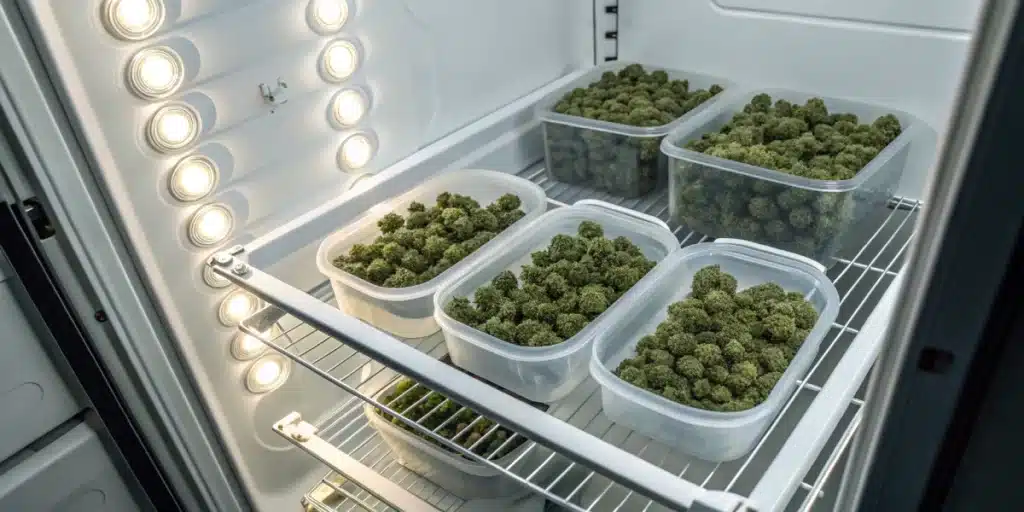
FAQs about what is the best way to cure cannabis
How long should cannabis be cured for optimal flavor?
Curing cannabis for a minimum of two weeks is recommended for achieving optimal flavor, though many experienced growers find that curing for four weeks or longer significantly enhances the aroma and taste. Extending the curing period allows the complex flavors and aromas to fully develop, resulting in a product that is smoother, more potent, and more enjoyable for consumption overall.
Can improper curing affect potency?
Yes, improper curing can severely affect potency. If cannabis is over-dried or exposed to excessively high humidity levels during the curing process, it can lead to a substantial loss of cannabinoids and terpenes. This degradation ultimately diminishes the overall potency and quality of the final product, making it less effective and enjoyable for the user, which is why careful curing is so important.
What are common mistakes to avoid during curing?
Common mistakes to avoid during curing include neglecting proper humidity and temperature control, failing to burp jars regularly to allow for air circulation, and rushing the process without adequate monitoring. Taking the necessary time to carefully monitor and adjust the environment throughout the curing process is crucial for achieving the best possible results and ensuring that your cannabis reaches its full potential in flavor, potency, and overall quality.

